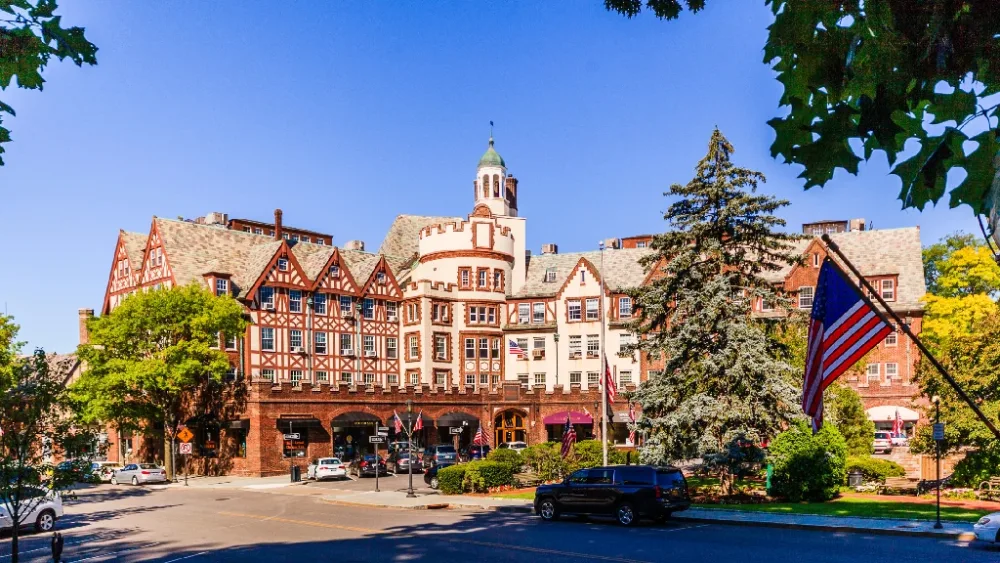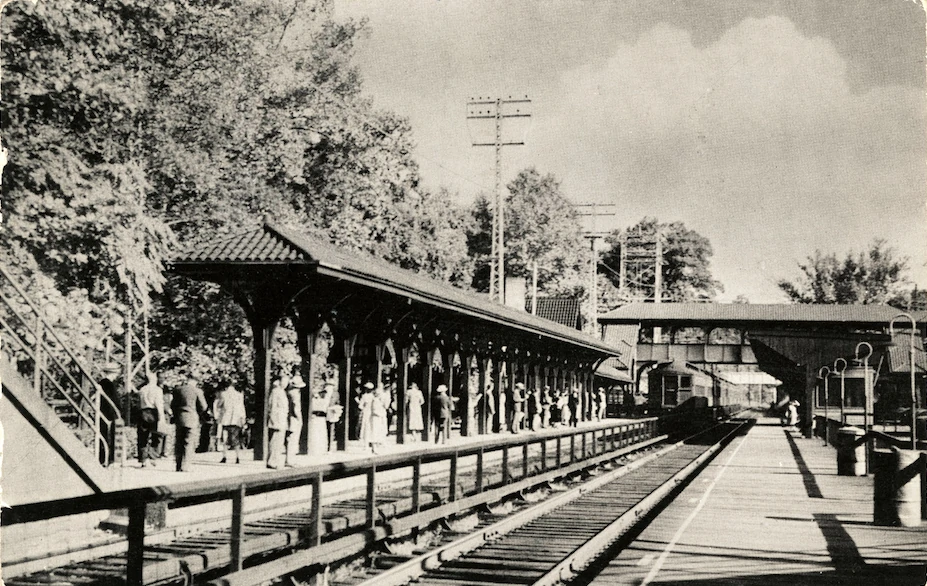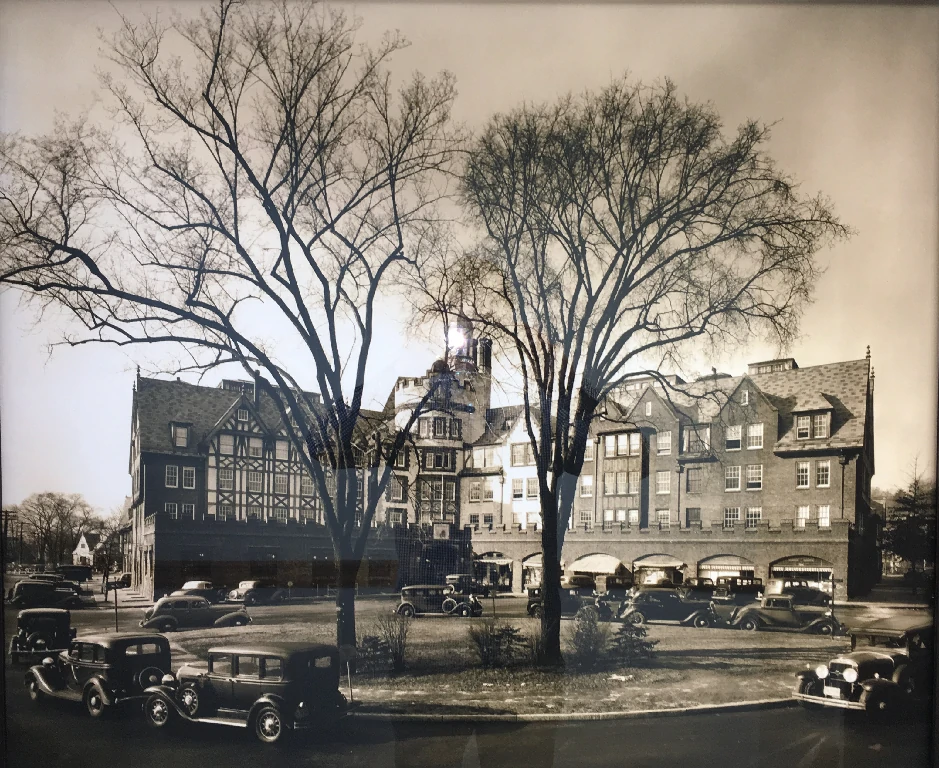Scarsdale Village
The Scarsdale Business Alliance is proud to support a variety of community events.
The Scarsdale Music Festival brings thousands of people of all ages to our Village center to celebrate their love of music, food, and community. Our Annual Summer Sidewalk Sale offers fabulous sales and discounted deals from Scarsdale’s favorite retail stores and outside vendors. We also host additional events with family fun activities, live music, and so much more!

Scarsdale History

Overview
Caleb Heathcote’s land, named “Scarsdale,” was a royal manor in the province of New York during the colonial era. Named after his ancestral home, the English name meant “dale of scars or rocks.” After the American Revolution, a large portion of this land became present-day Scarsdale.
Scarsdale was a rural farming community until the arrival of the railroad. The New York Harlem Railroad began service to the area in 1844, but it was years before there were regular stops (or even a train station) in Scarsdale. With a new gateway to the city, some wealthy New Yorkers purchased country estates as an escape from the crowds and pollution of the city.
As the train became more frequent and affordable toward the end of the 1800s, Scarsdale began to draw an influx of new residents from the city. In 1891, construction on Scarsdale’s first housing development began. The new Arthur Manor neighborhood promised fresh, healthy air and rapid transit. The single-family homes in this development initiated Scarsdale’s transformation from a rural town to a modern suburb.
As other neighborhoods emerged, developers set increasingly high design standards. With an emphasis on nature’s beauty and fine architecture, Scarsdale’s early developers left a lasting legacy. Lush gardens and picturesque homes attracted affluent families and leaders of industry. In the 1920s, coinciding with the arrival of the Bronx River Parkway and the car boom, Scarsdale’s population tripled. The village’s roots in this period are strongly reflected in the stately Tudor-style architecture of the quaint downtown district.
Longtime residents and newly arrived professionals formed many local organizations and set a tone for high civic engagement that continues today. Likewise, the community prioritized the investment in schools and teachers. Scarsdale engaged top innovators in education, and by the mid-1920s the school district gained a national reputation for excellence.
Today, Scarsdale continues to thrive as a hub of commerce, education, and culture. The culturally diverse community enriched is by a large international population. Residents are passionate about preserving Scarsdale’s rich history, natural beauty and community spirit, ensuring that it will remain one of the nation’s preeminent suburbs for generations to come.

